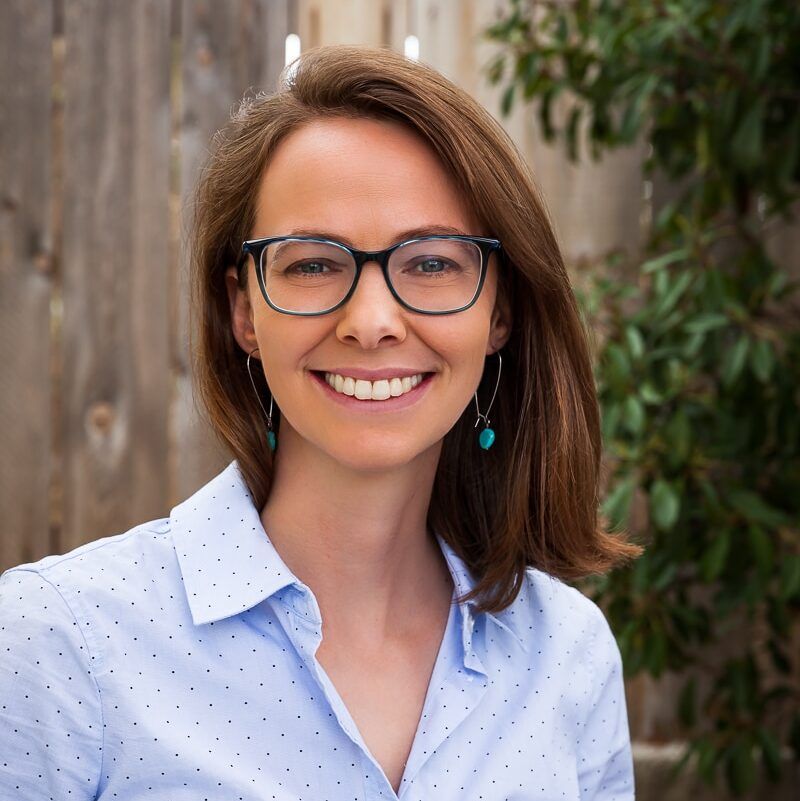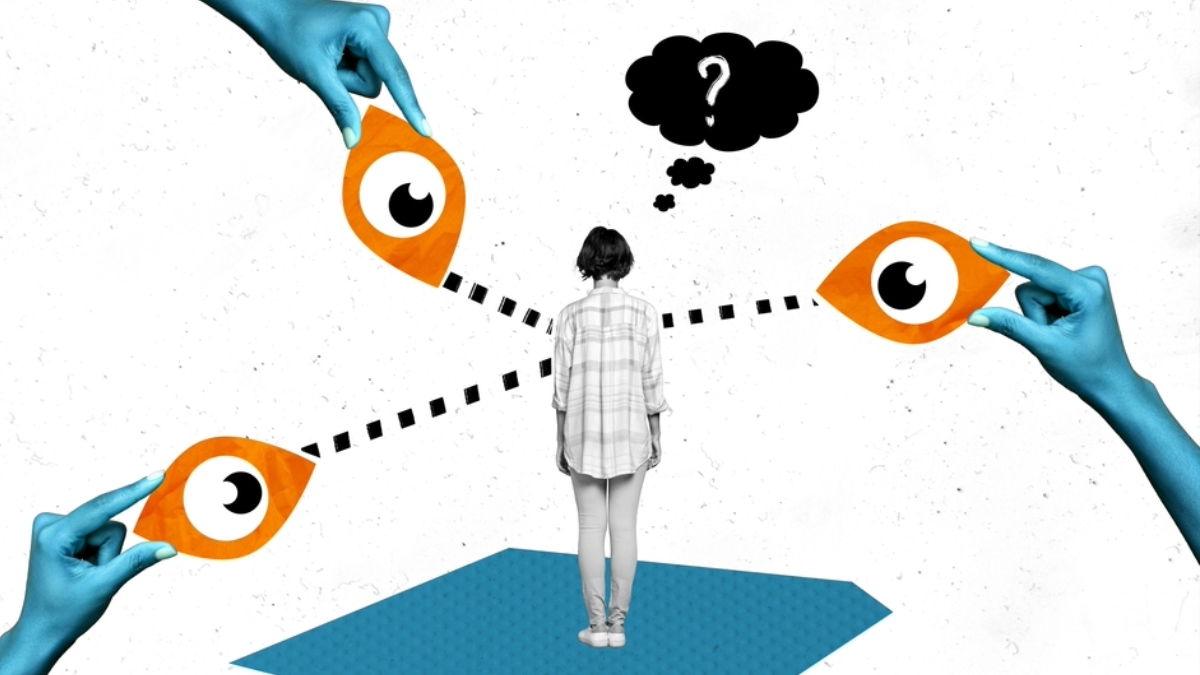Balancing the Needs of Social Media Research with the Perspectives of High-Profile Figures
Anna Lenhart / Nov 14, 2025Publicly available social media data has become increasingly important for understanding issues of public interest–particularly data belonging to accounts with a high number of followers. This type of content is often perceived as less sensitive and requiring less protection. But less protection is not necessarily the same as no protection. Social media may attract young people, activists, and others seeking fame or greater public visibility, but there are also plenty of individuals who accidentally go viral.
High-profile figures’ tweets, photos, videos, and blogs often include individuals who are not the user (e.g., children, people in the background of a gymfluencer video, a friend joining in a user’s dance video—imperfectly referred to as bystanders). Additionally, online platforms allow users to delete content or restrict once-public content to a smaller audience.
Researchers seeking to uphold ethical principles such as respect for persons (autonomy), beneficence (maximizing benefits while minimizing harm), and justice should carefully consider how these values apply when working with this type of data—especially if a goal is to inform or earn the trust of policymakers and the public.
Perspectives from high-profile figures
In February of 2024, Brandon Silverman and I interviewed 18 US-based high-profile figures, individuals with social media accounts exceeding 25K followers, to understand their views on privacy (both their own and others’), and their perspectives on public data for researchers. We are excited to release the findings from that study in the report: “Performing in Autonomy Theater: Balancing the Needs of Social Media Researchers with Perspectives of High Profile Figures.”
As we found, participants were very aware of their content’s visibility and reach. They explained that there is a “high bar” for posting and that they consider the physical, emotional, and financial safety of themselves and others before sharing. Still, their boundaries around information disclosure shift over time as they witness or experience harm.
Participants were also familiar with third-party marketing tools (sometimes referred to as social media monitoring tools, social listening tools, or influencer management tools) in ways that differentiate them from everyday users.
Despite this increased awareness of third parties, high-profile figures still prefer "autonomy theater,” an understanding that data ethics practices may seem performative in a world of near ubiquitous surveillance, but still acknowledge individual autonomy, such as the decision to delete once-public content. Researchers and journalists working in the public interest to disseminate information that is trusted should not ignore this preference.To perform in “autonomy theater,” researchers and policymakers may recognize that a high-profile figure’s expectations of privacy are low, even for deleted posts and bystanders in their content, but still take steps to protect individuals when possible and reasonable—aiming to balance the needs of social media researchers with the perspectives of high-profile figures.
Recommendations for researchers
Our report cannot offer rigid instructions on how researchers should treat public data, but it provides two frameworks for researchers to consider before disseminating public content.
First, we outline a set of bystander categories with varying norms: individuals in crowds or backgrounds, featured individuals, and spotlit individuals. Many social media research ethicists suggest anonymizing non-high-profile individuals before publishing content. Our findings underscore why this is good practice by highlighting how high-profile figures grapple with how to address the presence of bystanders and admit that they do not always get it right. In contexts where the societal benefits of research require including bystanders in the final publication, researchers can reflect on the categories described in the report and consider whether they adhered to the creator’s norms.
Second, we provide a set of reasons why high-profile figures may delete posts and the corresponding implications for researchers who disseminate public or once-public content. Reasons include accidents (typos, unsecured body parts, location disclosure, drafts), stopping the noise from controversial posts (attacks on ideology, politics, religion, and more), and brand management (wanting to look good for clients and employers).
Researchers should verify whether content has been deleted before reproducing or citing it in a publication. If a previously public post is relevant to the research’s contribution, scholars should draw on principles outlined by the Society of Professional Journalists, including: “Be vigilant and courageous about holding those with power accountable,”“Realize that private people have a greater right to control information about themselves than public figures and others who seek power, influence, or attention,”“Provide context. Take special care not to misrepresent or oversimplify in promoting, previewing, or summarizing a story.”
Recommendations for policymakers
The recommendations we propose for researchers are necessarily flexible and context-dependent. For the same reason, policymakers should avoid overly prescriptive regulations for protecting public or once-public data. Instead, we suggest policymakers consider the following:
- Support the continual development of flexible international ethics guidelines for researchers working with digital data (including public data). Collections of digital data from online platforms include data from individuals worldwide. Yet governments have not made a concerted effort to fund an international, multi-stakeholder standards body that can continually issue and update guidelines for researchers working with digital data. This is particularly important because most social media research ethics is informed by Americans and Europeans (including our report).
- Require online platforms to clearly notify users who have reached the high-profile figure threshold for inclusion in research access programs. Notifications could also be accompanied by an indicator, such as a badge.
- Mandate metadata disclosures related to deleted or platform-removed content. This metadata would help researchers to monitor when public content is no longer publicly available. Additionally, this would enable researchers to distinguish between once-public content that the user chose to delete and content that the platform removed according to their terms of service or community guidelines.
- Expand professional development curricula. Many young people are interested in becoming influencers or creators. They may need more information about what this profession entails, including how social media monitoring tools work, best practices for protecting physical, emotional, and financial safety, the impact their content can have on others, and an explanation of how and why researchers may use their data, including the benefits to society.
As social media continues to move towards platforms where the vast majority of users primarily consume content from a handful of high-profile figures, researcher access to data will become even more important for understanding the information environment. Our study highlights that users with large followings, which we refer to as high-profile figures are distinct. Future work should aim to understand better their views and experiences to help shape ethical guidelines for working with this data.
***
We welcome feedback from researchers trying to apply the report’s frameworks for thinking through bystanders and deleted content.
Authors

